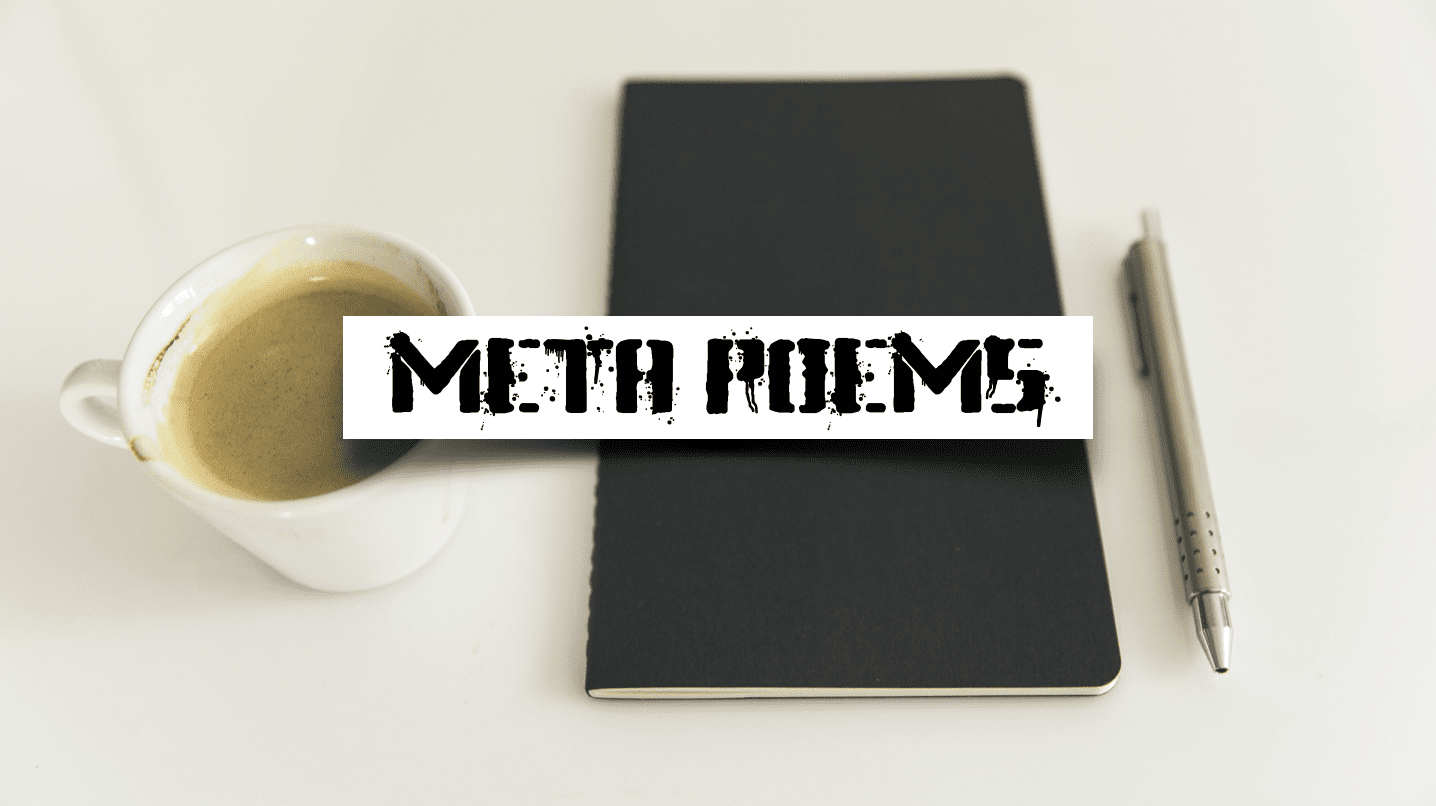Just heard back from Innovation Tools. They are changing the status of the articles by Dr. Jiles to “not visible” till, as they say, “the matter is settled.”
It is not clear to me what “settled” means. I doubt that David Jiles Ph.D. is emailing me (or anybody else) anytime soon (despite my shout out to him to clear up any misconceptions we may have).
I find this response somewhat problematic, akin to sweeping the issue under the carpet and an unwillingness to engage with the core problem – that of how we “verify” someone’s credentials and quality of work in a world where more and more connections we make are mediated by technology. How do web-based organizations that depend on outsiders to develop content make these decisions? Clearly not by just ignoring the issue, and surely not by dealing with it as if it were SEP (Somebody Else’s Problem).



0 Comments